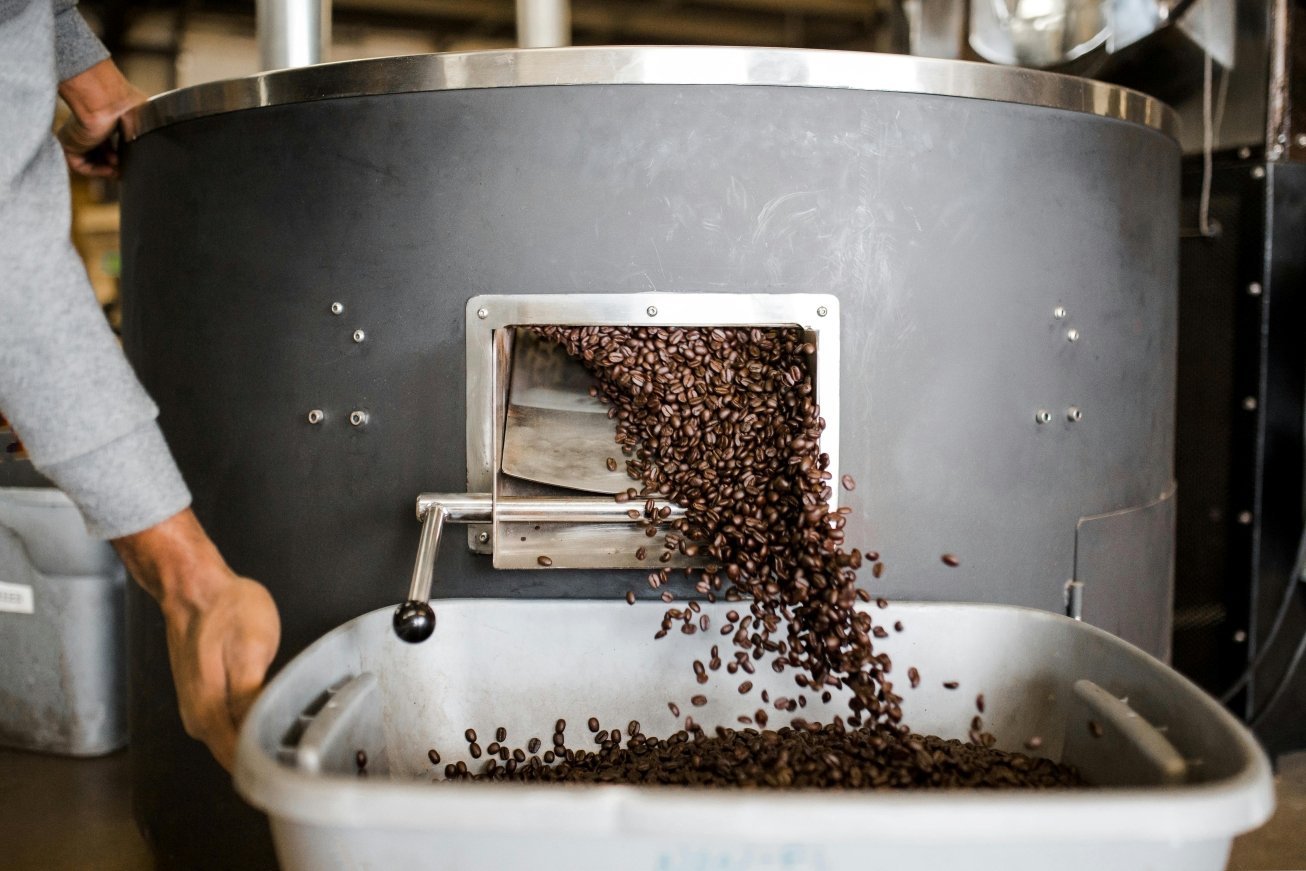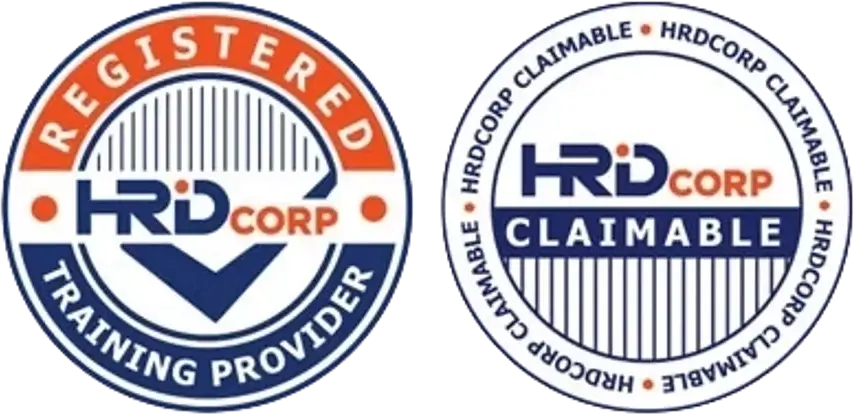How Do You Handle Product Recall Scenarios Under FSSC 22000?
Food safety is not just about prevention — it’s also about rapid, effective action when things go wrong. Under the FSSC 22000 certification scheme, handling product recalls isn’t optional — it’s a critical requirement.
So how should your food business prepare for — and manage — a recall under FSSC 22000?
Let’s break it down. 👇

📌 First: What Does FSSC 22000 Require?
-
Based on ISO 22000 + ISO/TS 22002 + FSSC additional requirements
-
Requires an established product recall & withdrawal procedure
-
Must be documented, tested, and reviewed regularly
-
Includes internal traceability, external communication, and root cause analysis
🧭 Key Steps in Handling a Recall (FSSC 22000-Aligned)
✅ 1. Have a Written Recall Procedure
-
Should include:
-
📞 Notification process (internal and external)
-
🧾 Documentation and tracking
-
🔁 Recall execution and follow-up
-
🧪 Root cause investigation
-
-
Must be accessible to all key personnel
🔍 2. Establish a Recall Team
-
Roles typically include:
-
QA Manager (Team Lead)
-
Production/Operations Head
-
Supply Chain Coordinator
-
PR/Customer Service
-
Legal Representative
-
-
Everyone must know their specific duties
🔗 3. Implement Full Traceability
-
Can you trace your product:
-
⏱️ Within 4 hours or less?
-
🧭 From raw material to finished goods and distribution?
-
-
Both forward and backward traceability are required
🧪 4. Conduct Regular Mock Recalls
-
Minimum: Once per year
-
Test:
-
How fast your team responds
-
Accuracy of traceability records
-
Communication flow
-
-
Document results and improvements made
📞 5. Notify Authorities and Stakeholders
-
Contact:
-
🏛️ Food safety authorities (e.g. Ministry of Health)
-
🏪 Distributors & retailers
-
🧍Consumers (if needed)
-
-
Use clear, documented communication templates
🚛 6. Isolate and Remove the Product
-
Block movement of affected batches immediately
-
Remove from:
-
Warehouse
-
Distribution points
-
Retailers
-
-
Maintain evidence of withdrawal for auditors
🧾 7. Document Everything
-
Keep records of:
-
Affected batch numbers
-
Notification history
-
Amount retrieved vs. amount sold
-
Disposal methods
-
-
Required for audit trail and root cause analysis
🔍 8. Perform Root Cause Analysis
-
Use tools like:
-
🪛 5 Whys
-
🐟 Fishbone Diagram
-
-
Determine:
-
How the issue occurred
-
Why it wasn’t detected earlier
-
-
This is required for preventive action
🔁 9. Update Procedures & Retrain Staff
-
Update SOPs based on recall findings
-
Retrain:
-
Operators
-
Quality personnel
-
Managers
-
-
Keep training records as part of your compliance system
❌ Common Mistakes to Avoid
-
❌ Only testing paper-based recall, not live simulations
-
❌ Missing third-party distributor contact in communication list
-
❌ No defined criteria for initiating recall
-
❌ Treating recall as a “QA-only” issue
-
❌ Not validating that all affected products are removed

📣 Final Thoughts
A strong recall plan is not a sign of failure — it’s a mark of a mature food safety system.
Under FSSC 22000, your recall preparedness must be:
-
✅ Proactive
-
✅ Documented
-
✅ Tested
-
✅ Continuously improved
🧠 Need Help Strengthening Your FSSC 22000 Recall System?
At CAYS Scientific, we help food manufacturers:
-
🔎 Conduct mock recalls
-
🧾 Audit recall documentation
-
🛠️ Create practical, fast-response procedures
-
🎓 Train cross-functional recall teams
📞 Book your free consultation today and make sure your recall plan holds up — before an actual crisis hits.


